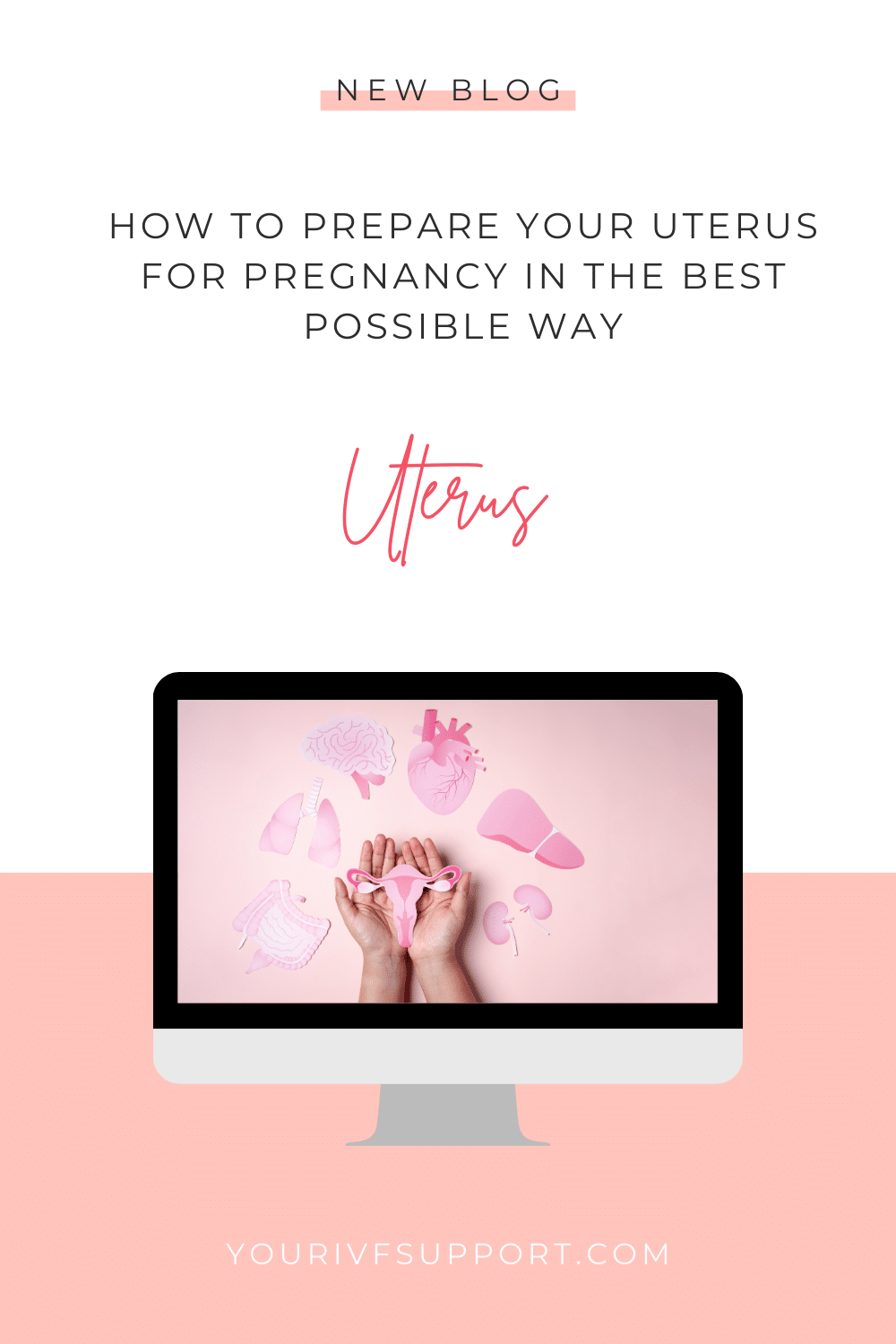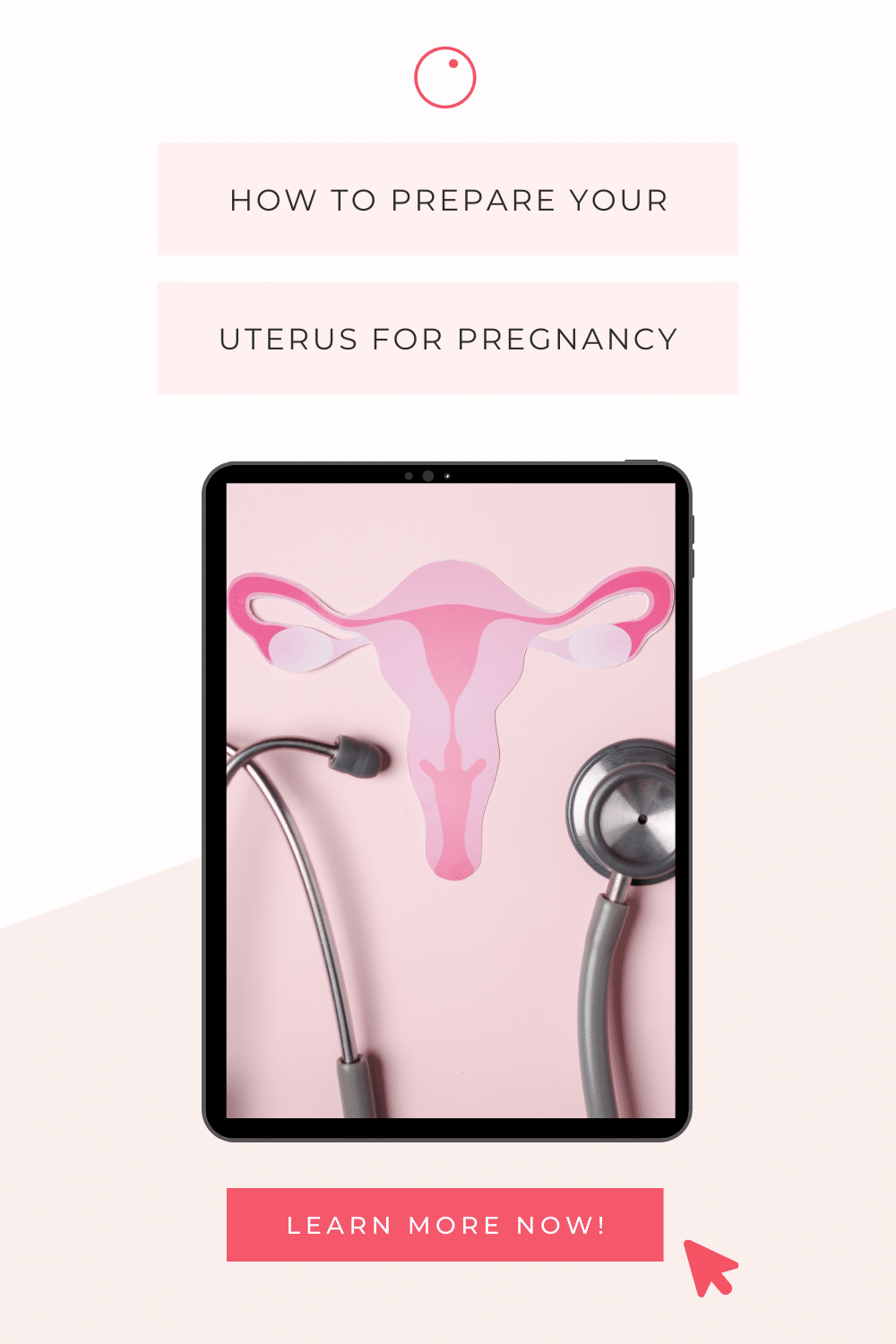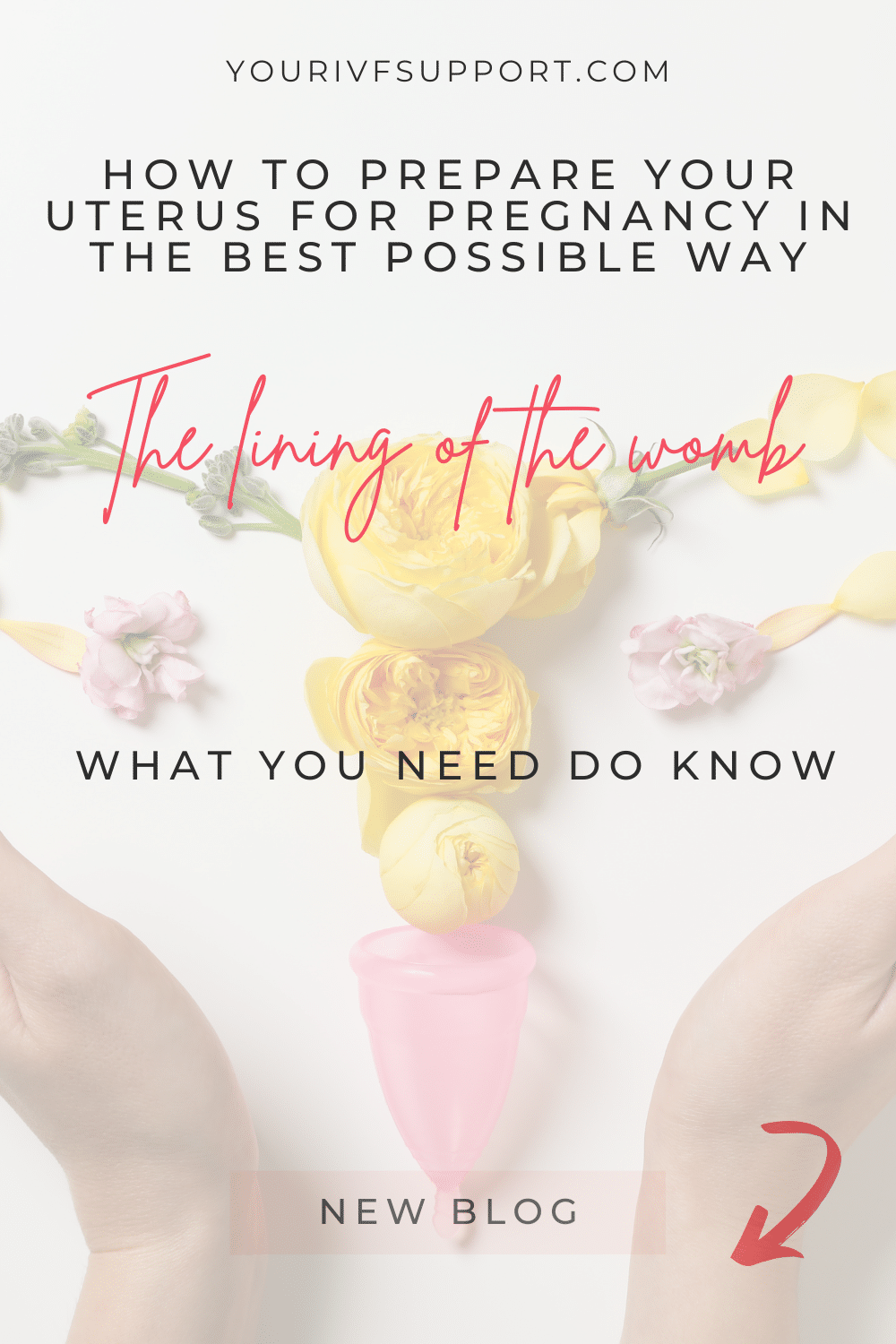There was a time when I didn't really understand the role of the womb in our bodies. Maybe you felt the same way, and that's OK. Here I want to tell you why the womb is so central and precious to us women, especially when it comes to bringing new life into us.
The womb. It is more than an organ. It is the home, the first home, where a little human being is born. It is the safe nest where the miracle of life begins and grows. But how exactly does it work?
It sits deep in our abdomen, protected yet present. It is a muscular organ, flexible yet strong. Its main function is to provide a breeding ground for a fertilised egg. It is the place where the egg implants and connects to your body to receive the nourishment and protection it needs to develop into a foetus and eventually a baby.
You may be wondering why the womb is so important. It's quite simple: without a healthy womb, pregnancy as we know it would not be possible. The lining of the womb, which builds up every month in preparation for a possible pregnancy, gives the fertilised egg the best chance to implant and grow. This lining, called the endometrium, plays a crucial role in the process of having a baby.
The layers of the uterus
The uterus is made up of three main layers:
- The endometrium: this is the inner layer that is in direct contact with the fertilised egg. It thickens during your cycle to support a possible pregnancy.
- Myometrium: this is the middle, muscular layer. It allows the uterus to contract during labour and push the baby out during birth.
- The perimetrium: The outer layer that covers the womb and separates it from other organs in your abdomen.
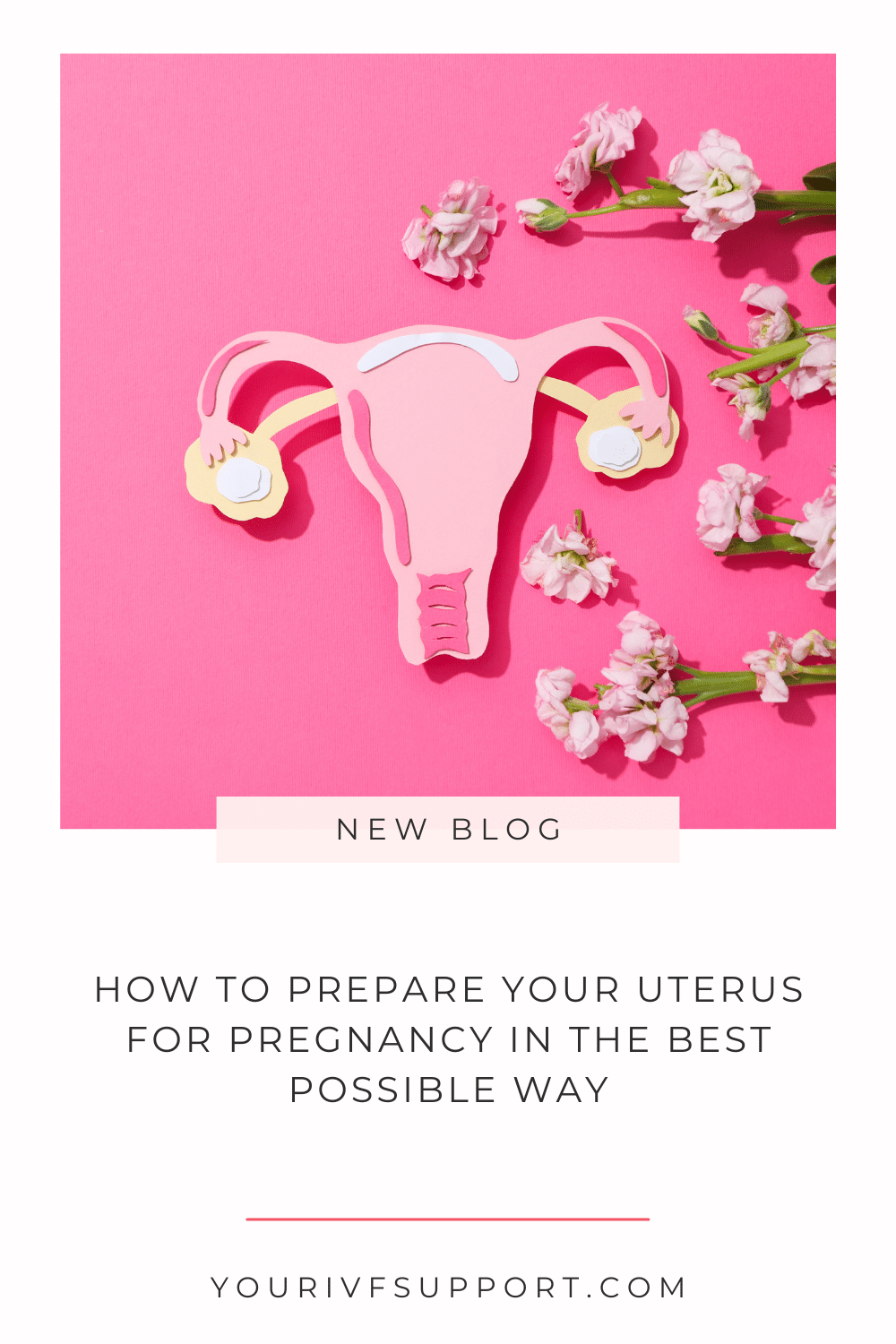
Cycle-related changes
This is where it gets really fascinating. Every month, in sync with your menstrual cycle, your uterus - especially the lining - changes. During the first half of your cycle, as the oestrogen in your body increases, the lining thickens and prepares to receive a fertilised egg. If no egg is fertilised, the lining loosens and is released as menstrual blood.
It is this rhythmic change that makes the womb not just an organ, but a living, breathing part of you that is constantly changing.
It never ceases to amaze me to think that all these processes are going on inside us, often without us even noticing. Your womb is a miracle of nature, and the more you know about it, the better you can support it in its important work.
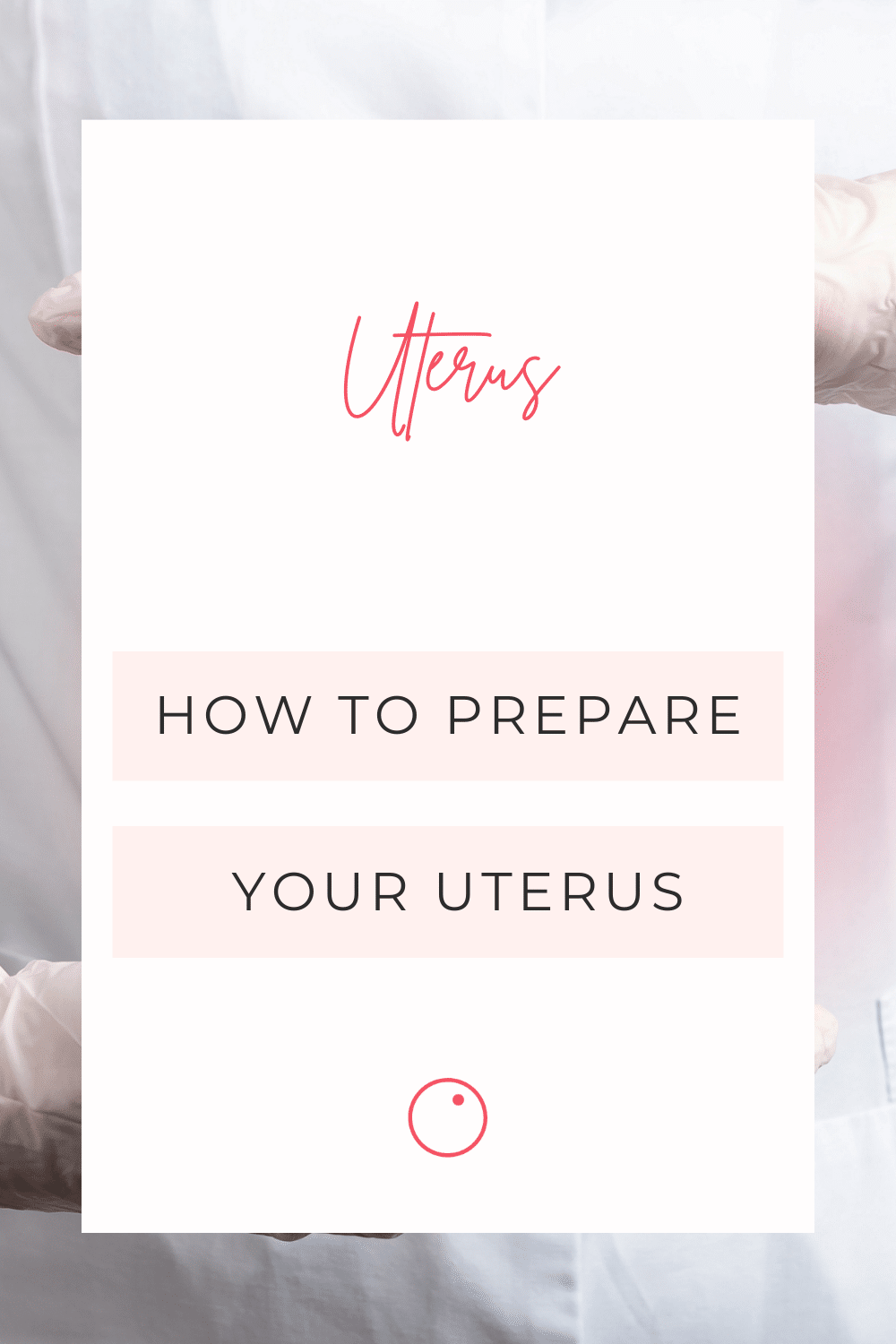
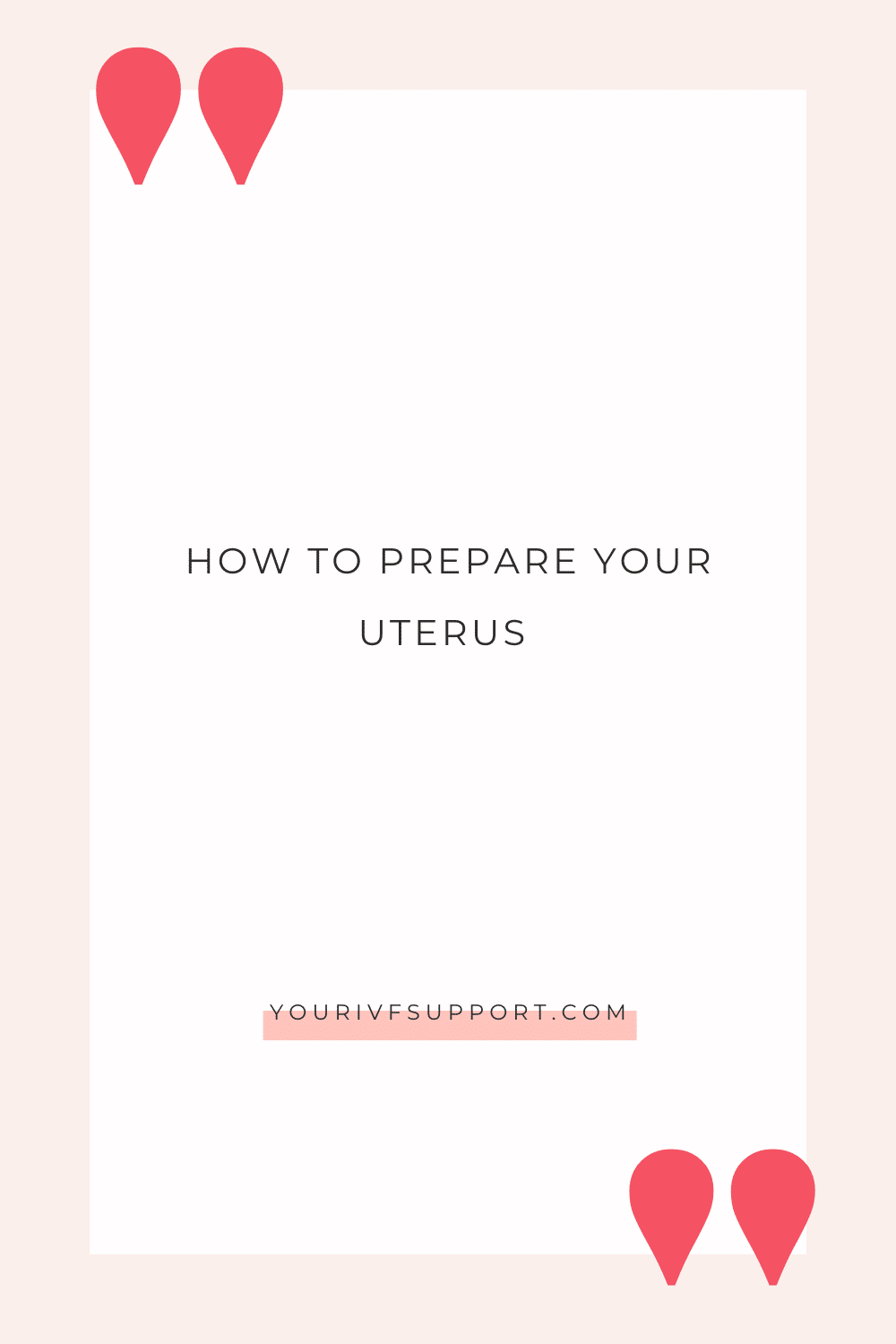
Causes of thin endometrium: When the cradle of life falters
If the lining of the womb, the place where life should begin, is not thick enough, it can be difficult to get pregnant. But why does this happen? Let's look at the causes of this phenomenon together.
Hormonal imbalances:
Hormones are our body's little messengers and control many of our bodily functions. An imbalance in our hormonal system can cause the lining of the uterus to grow insufficiently. In particular, a lack of oestrogen, the female sex hormone, can cause this.
Previous surgery:
Sometimes we have made decisions or had medical procedures in the past that have affected our bodies. Surgery on the endometrium, such as curettage, can affect the growth of the lining.
Long-term use of certain medicines:
Some medicines, especially those that affect hormone production or activity, can affect the thickness of the lining. If you have been taking such medication for a long time, this could be the cause of a thin lining.
Other medical conditions:
There are diseases and conditions such as Asherman's syndrome, where scarring occurs in the uterus, or conditions such as endometriosis, which can affect the composition of the lining.
" The womb. It is more than an organ. It is the home, the first home, where a little human being is born. It is the safe nest where the miracle of life begins and grows."
Measuring the thickness of the lining
Your womb lining, also known as the endometrium, is the soft, pliable bed in which a fertilised egg wants to settle and grow. But how do we make sure that this bed is soft and inviting enough? This is where measuring the thickness of the endometrium comes in.
Ultrasound is a common method:
Ultrasound is often used to open the window to your womb lining. It's a gentle, non-invasive method that gives us a clear idea of the thickness and texture of your lining. During your cycle, especially in the first half, this lining grows, thickens and prepares for the possible implantation of a fertilised egg. Regular ultrasound scans allow your doctor to monitor this process and see if it is going well.
Optimum thickness for successful implantation:
If you are wondering how thick the lining should be, a lining thickness of about 7-14 mm is generally considered ideal for implantation. During the ultrasound scan, the doctor can also assess the structure of the lining. A 'three-layered' or 'trilinear' endometrium is often considered to be particularly favourable for implantation.
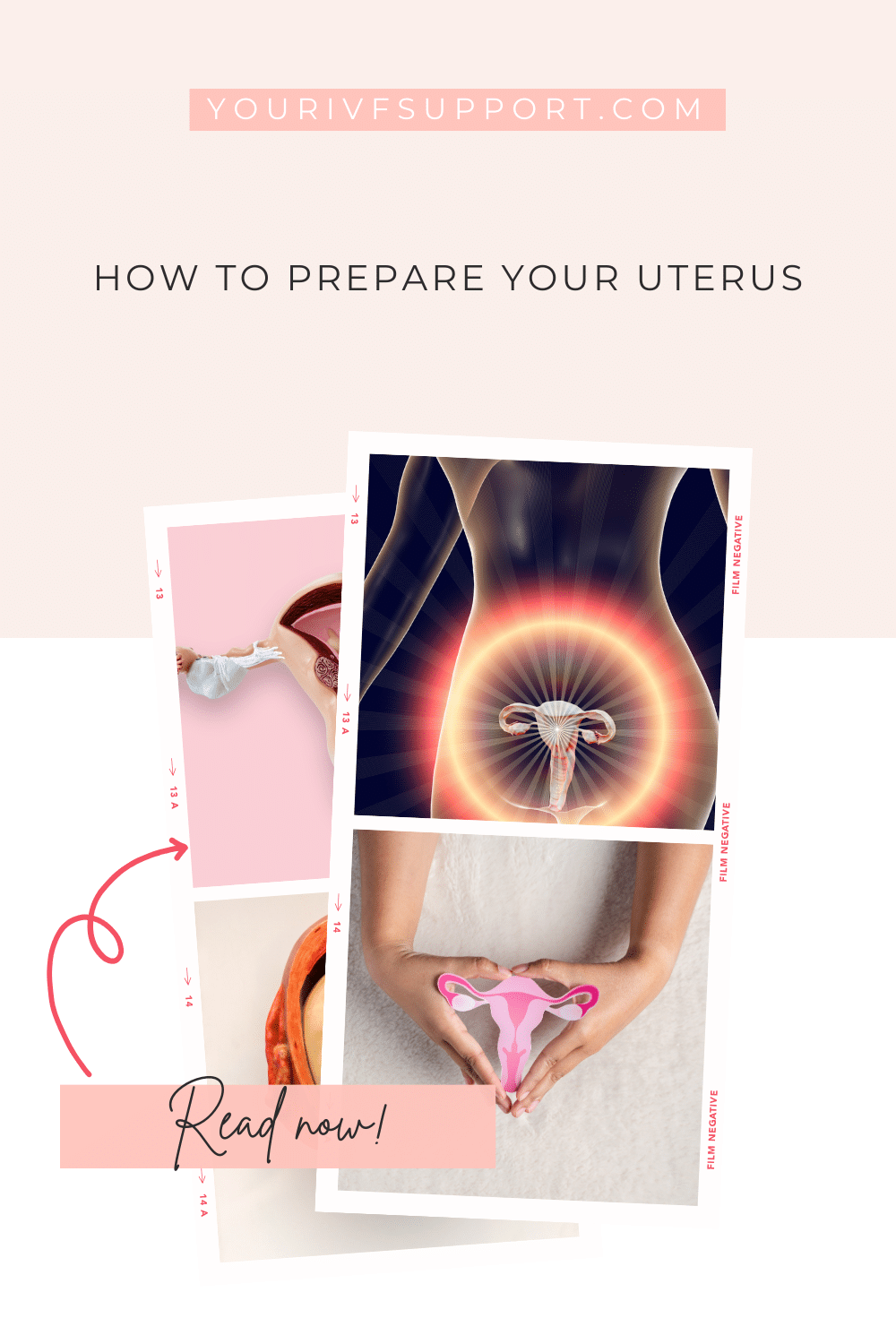
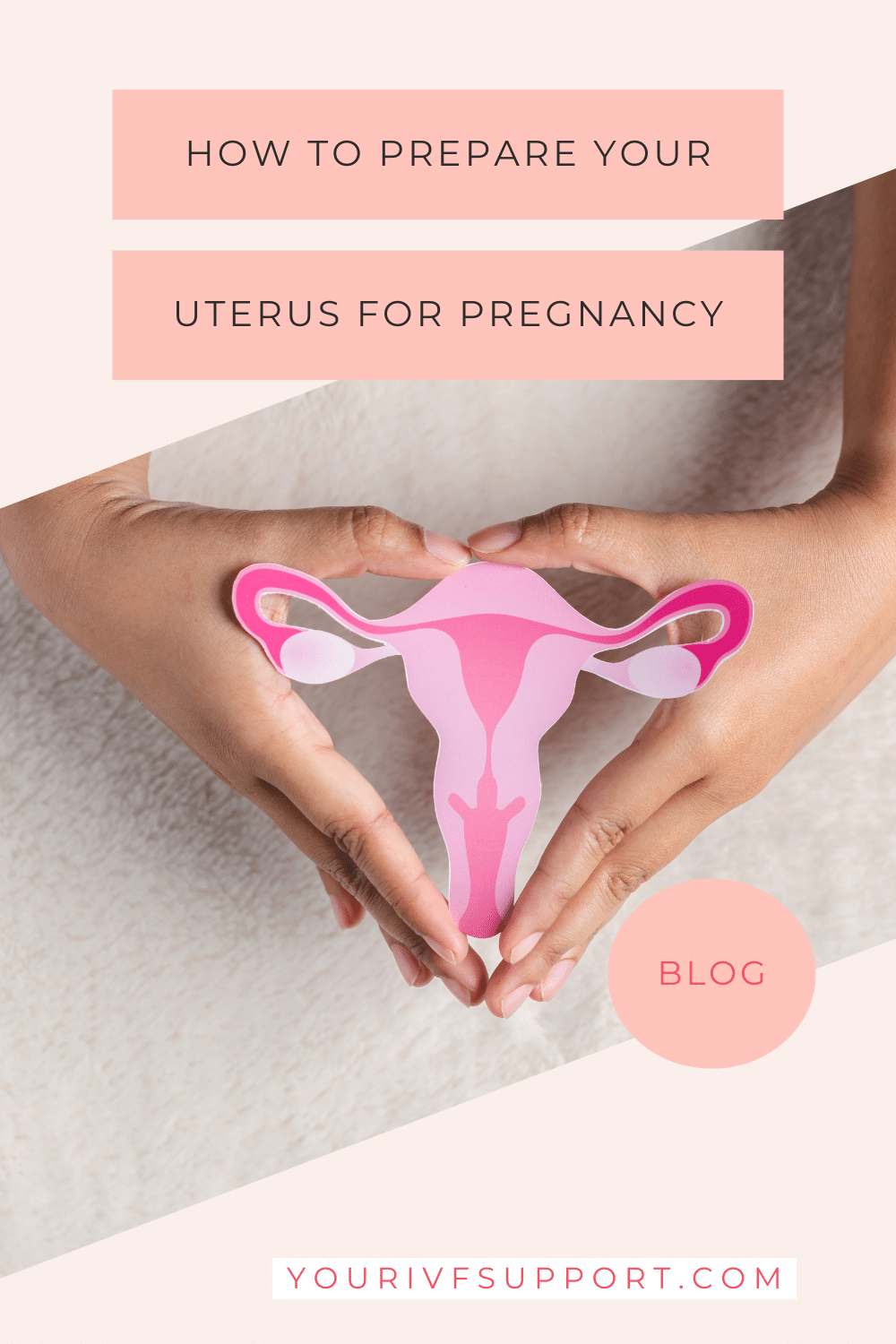
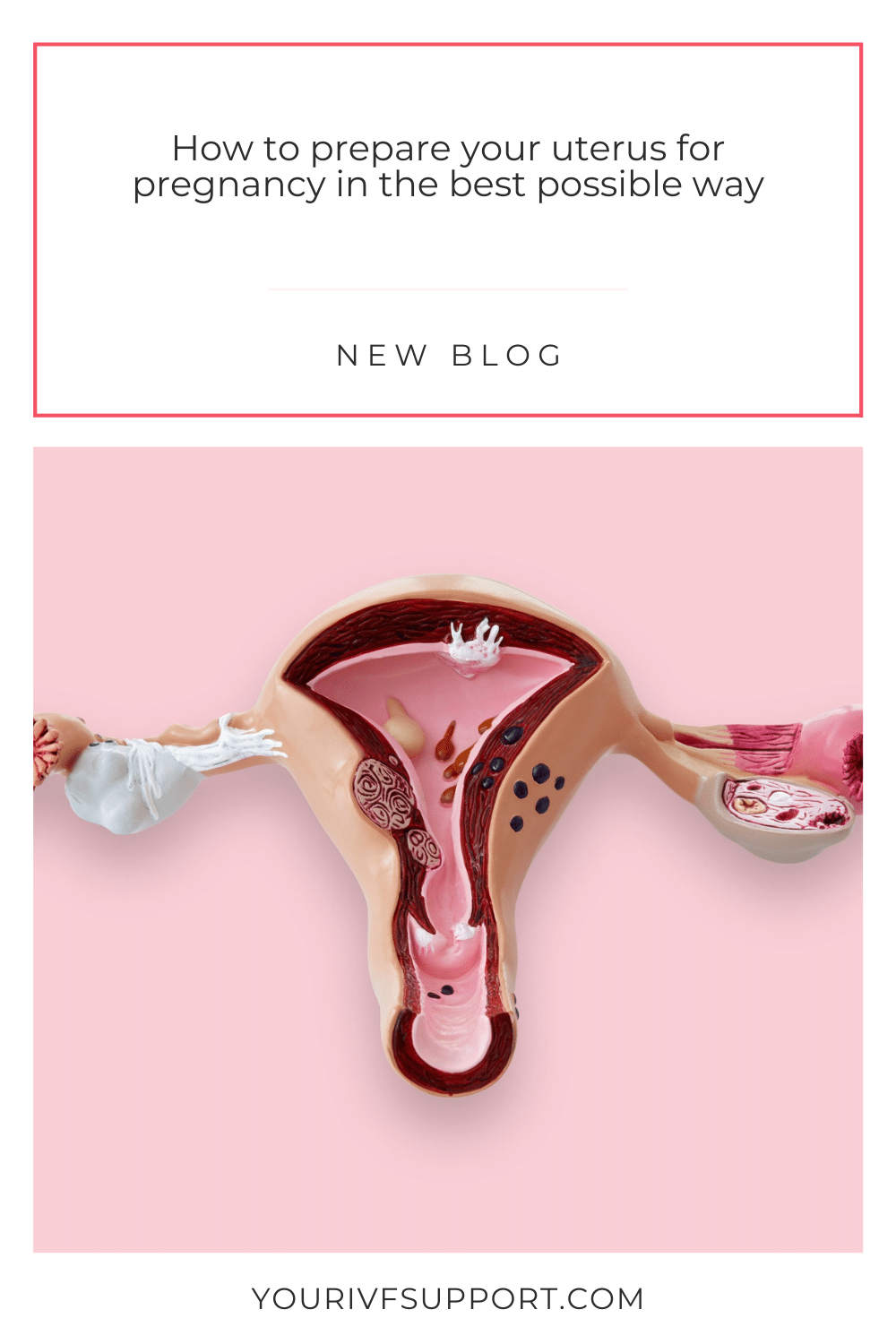
Ways to stimulate the build-up of the uterus
For those who have difficulty building up a thick enough uterine lining, there is hope in the form of various treatments.
Hormone therapies:
Hormones are the glue that holds our bodies together. They guide and direct, and their effect on the lining of the womb is crucial.
Oestrogen:
Whether taken orally, by injection or as a suppository, oestrogen can work wonders in building up the lining of the womb. It gives strength and substance to the delicate tissue inside you.
Progesterone:
Often follows oestrogen in helping to keep the lining in its full glory and preparing it for possible implantation.
Sildenafil (Viagra):
Yes, you read that right! Not just for men, Sildenafil has amazing benefits for women too. It can improve blood flow to the uterus, helping the lining of the womb to grow. It can be taken orally or given directly as a suppository.
Acupuncture and Traditional Chinese Medicine
Sometimes we find healing in traditions that are thousands of years old. Acupuncture can stimulate blood circulation and help balance your body's energy. Traditional Chinese medicine also offers herbs to nourish and strengthen your uterus.
Natural remedies and lifestyle changes:
Sometimes it's the little things that make all the difference.
Diet: Certain foods that are rich in phytoestrogens, such as soya, can have a positive effect on the thickness of the lining.
Exercise: Gentle exercise improves circulation and supports a healthy build-up.
Stress reduction: Rest is the best time for the body to regenerate and heal.
G-CSF (granulocyte colony stimulating factor):
A somewhat technical term for a messenger substance that has the potential to increase mucosal thickness.
Stem cell therapy, PRP and more:
Science is advancing and opening doors to treatments such as stem cell therapy, PRP (platelet-rich plasma) and hyperbaric oxygen therapy. These use the body's own potential to promote healing and regeneration in the uterus.
An important note:
Not all of the methods presented are fully scientifically proven. It is important to remain critical and to work with your doctor to make the best decision for your individual case. The decision about which method to try should always be made after careful consideration and in consultation with a specialist.
Precautions and loving care
Educate yourself:
You deserve to be informed about all aspects of your treatment. Ask questions, do your research and get different opinions.
Listen to your body:
You are the expert on your body. If something is not right, listen to the quiet whisper of your intuition.
Work closely with your doctor:
A trusting relationship with your doctor is essential. Discuss any concerns and follow her or his recommendations.
Note: This blog article provides general information and personal experience. It is always advisable to seek individual advice and professional support regarding your desire to have a child.
